Reviewed Corey Noles
Meta's Orion glasses just dropped at Connect 2024, showcasing LEDoS technology that weighs only 98 grams. But while Meta struggles with balancing field of view and resolution, plus a hefty $10,000 production cost, the real action is happening elsewhere. TrendForce predicts Meta's consumer AR glasses won't hit shelves until after 2027, leaving a massive opportunity window wide open. Enter the challengers: from Xiaomi's affordable AI glasses to RayNeo's standalone AR powerhouse, a new wave of competitors is positioning to claim the smart glasses throne before Meta can mass-produce their vision.
The micro LED revolution that changes everything
The secret sauce driving this challenger wave? Micro LED technology is finally hitting its stride, and the numbers tell a compelling story that goes far beyond simple brightness metrics. Native single-color MicroLEDs currently dominate AR glasses-type headsets, especially green-only devices that deliver impressive brightness levels. But here's where it gets strategically interesting: LEDoS technology aligns perfectly with AR requirements—offering high brightness, miniaturization, and low power consumption.
The real breakthrough comes from quantum dot color conversion, which solves the efficiency puzzle that has plagued AR displays for years. Blue/UV MicroLEDs demonstrate higher power-to-lumens efficiency even with conversion losses, addressing the thermal and power issues that created cost barriers for earlier designs. Companies like Saphlux are demonstrating 640×480 green-only MicroLEDs with peak brightness of 3 million nits, while their full-color variants hit 250K nits—more than enough to compete outdoors.
What makes this particularly compelling for challengers is the manufacturing angle. While Meta wrestles with expensive silicon carbide waveguides and complex three-panel systems that drive their costs to $10,000 per unit, competitors are leveraging more elegant approaches. QD-MicroLEDs have a single LED crystal layer printing the quantum dots in a spatial pattern to produce color—sophisticated engineering that sidesteps Meta's costliest technical challenges while achieving comparable visual results.
RayNeo's standalone gambit: first true AR glasses
While Meta refines prototypes, RayNeo shipped the X2—technically the first standalone AR device in true glasses form factor. These aren't just smart glasses with cameras; they're the first AR device with full-color microLED displays and a full Snapdragon XR2 chipset on board.
The specs reveal a philosophy of "shipping over perfection" that could prove prescient. MicroLED displays output 1000 nits of brightness with 640×480 resolution per eye across a 25-degree field of view. At 120 grams, they're heavier than Meta's Orion but still wearable for extended periods. The real strategic advantage? RayNeo X2 started shipping to Indiegogo backers in May, making it commercially available years before Meta's consumer timeline.
Now, let's be honest about the execution trade-offs. The X2 isn't flawless—accessing features requires scrolling through a menu system using a touchpad, and the connection between the glasses and its app is unreliable. But it delivers functional AR experiences that matter: AR navigation with turn-by-turn instructions and a mini map and translation features that display subtitles of someone speaking in a different language.
RayNeo's broader strategy extends beyond the X2's technical achievements. Their Air 3S model targets the display market at just $225 on Amazon, providing advanced micro-OLED screens and a 201-inch visual experience. This portfolio approach captures the high-end AR market while building volume in the more accessible display glasses segment—exactly the kind of market positioning that builds sustainable competitive advantages while Meta perfects their singular vision.
Xiaomi's ecosystem play: AI glasses done right
Xiaomi's approach completely sidesteps Meta's technical hurdles by focusing on what users actually want today, wrapped in an ecosystem strategy that could create significant switching costs. Xiaomi AI Glasses are designed for extended daily wear with support for light exercise, urban photography, remote video calls, and livestreaming—basically everything Meta's current Ray-Ban collaboration does, but with deeper integration.
The hardware specs reveal serious engineering thinking beyond just impressive numbers. 12MP Sony IMX681 image sensor recording 2K video at 2304×1728 resolution and 30fps with electronic image stabilization. Voice activation through "Xiao Ai" enables hands-free operation for recording while cooking or multitasking—the kind of practical functionality that makes these glasses genuinely useful rather than just technologically impressive.
But Xiaomi's secret weapon isn't hardware—it's ecosystem lock-in. These glasses aren't standalone devices but part of Xiaomi's "HyperOS ecosystem." The AI functions include real-time translation, meeting transcription, object recognition, and calorie estimation—exactly the practical applications users want. This creates a compelling value proposition: augmented daily life through seamless device integration rather than revolutionary AR overlays that require perfect execution.
The pricing strategy reveals Xiaomi's confidence in volume manufacturing and mass market disruption: base model at RMB ¥1999, with electrochromic lens versions at ¥2699-¥2999. That's roughly $280-$420, undercutting Meta's eventual consumer pricing while building the user habits and ecosystem dependencies that will be difficult to displace once established.
The market reality Meta isn't addressing
Here's the uncomfortable truth for Meta: the market doesn't need perfect AR glasses right now—it needs functional smart glasses that solve real problems at reasonable prices. Global smart glasses shipments surged over 200% in 2024, largely thanks to Meta's own Ray-Ban collaboration proving consumer appetite exists. But TrendForce's AR device market projection of 25.5 million units by 2030 suggests massive untapped demand that won't wait for technical perfection.
The challengers understand something Meta's perfectionist approach misses: market timing matters more than technical superiority in emerging categories. Companies like Meta, Snap, Brilliant Labs, XREAL, TCL, OPPO, Lenovo, and Vuzix are launching glasses that translate speech in real time, capture life in 4K, assist with work tasks, and integrate directly with ChatGPT and other AI models. These aren't revolutionary AR experiences—they're evolutionary improvements that users can understand, afford, and adopt immediately.
Even Google recognizes this market reality with their pragmatic Android XR approach. Android XR glasses will work in tandem with phones, syncing contacts, messages, and notifications while partnering with eyewear brands like Gentle Monster and Warby Parker for stylish designs. It's a pragmatic acknowledgment that the path to AR adoption runs through practical utility, not technical showcases.
What's particularly revealing is the diversity of approaches we're seeing across the competitive landscape. Some companies focus on display replacement (like RayNeo's Air 3S), others emphasize AI integration (Xiaomi), while still others prioritize specific use cases like enterprise applications or content creation. This market experimentation is generating the real-world user feedback that will define what consumers actually want from smart glasses—data that will be invaluable by the time Meta's glasses finally reach market.
Why the race is far from over
Meta's Orion prototype proves they have the technical capabilities, but technical superiority doesn't guarantee market dominance—especially when that superiority comes with $10,000 production costs. Apple's Vision Pro VR/MR headset shipments failed to meet expectations primarily due to steep pricing—a cautionary tale Meta should heed given their current cost structure.
The challengers have learned from both Meta's technical approach and Apple's market missteps. Instead of pursuing the perfect AR experience at any cost, they're delivering practical smart glasses that solve real problems today while building the manufacturing scale and user understanding that will define the category's future. TrendForce emphasizes that AR devices are viewed as perfect candidates for AI integration thanks to their lightweight and compact nature—exactly what companies like Xiaomi and RayNeo are executing on right now.
Here's what makes this race particularly fascinating: production of more advanced and affordable devices is expected between 2026 and 2027—exactly when Meta plans to launch their consumer AR glasses. By then, companies like RayNeo, Xiaomi, and others will have years of real-world user feedback, refined manufacturing processes, and established market presence. They'll have learned what features users actually value, how the devices perform in daily use, and which price points drive adoption.
Perhaps most importantly, they're building ecosystems and user habits that create switching costs. Manufacturing and supply chain advantages matter more than people realize—while Meta wrestles with expensive, limited-supply components like silicon carbide waveguides, challengers are building volume with more conventional but effective approaches. When Meta's consumer glasses finally arrive, they won't be entering a virgin market waiting for enlightenment—they'll be competing against established products with proven use cases, satisfied user bases, and the kind of ecosystem integration that makes switching platforms genuinely painful.
The smart glasses throne isn't waiting for Meta to perfect their vision. It's being claimed right now by companies bold enough to ship imperfect but useful products today, learning from real users while building the market foundations that will determine tomorrow's winners. And that might just be the smartest strategy of all.





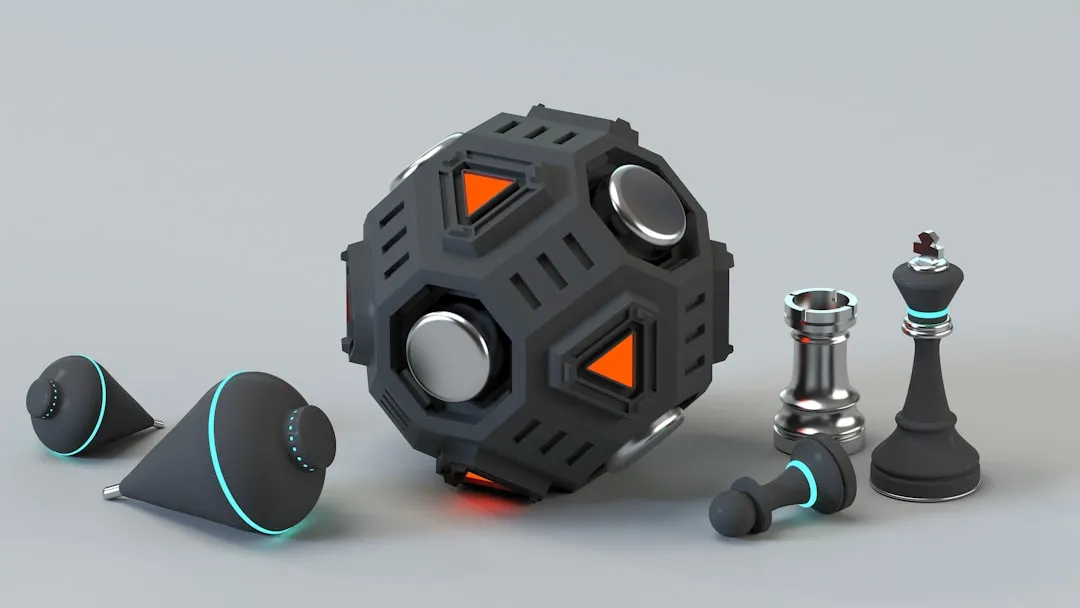


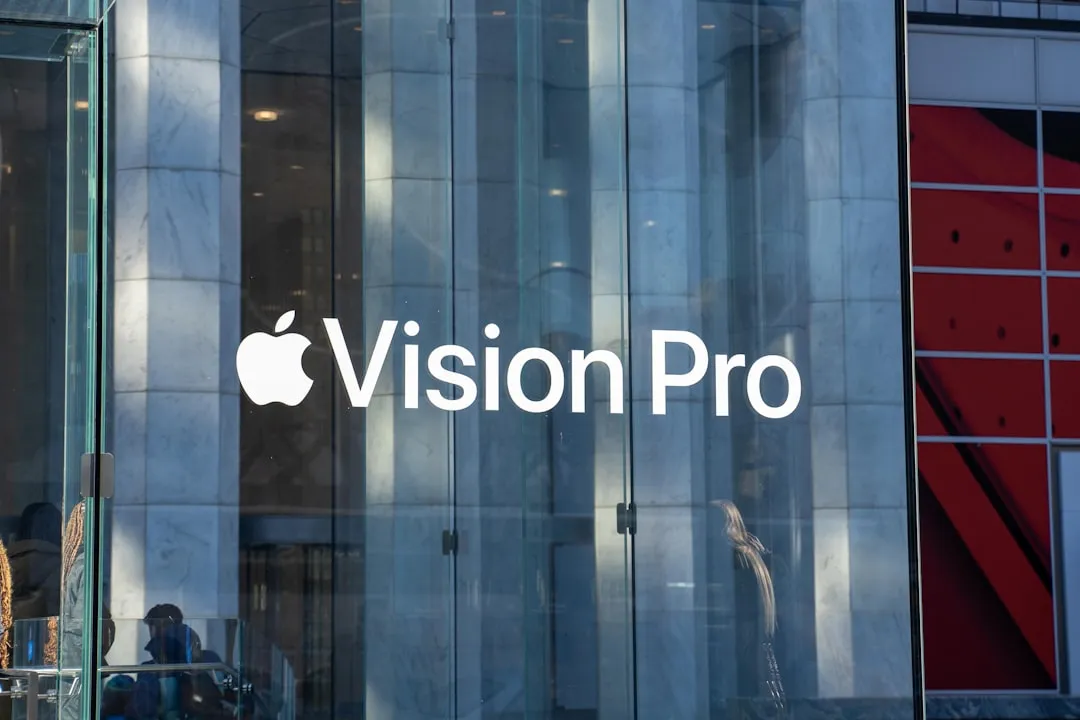

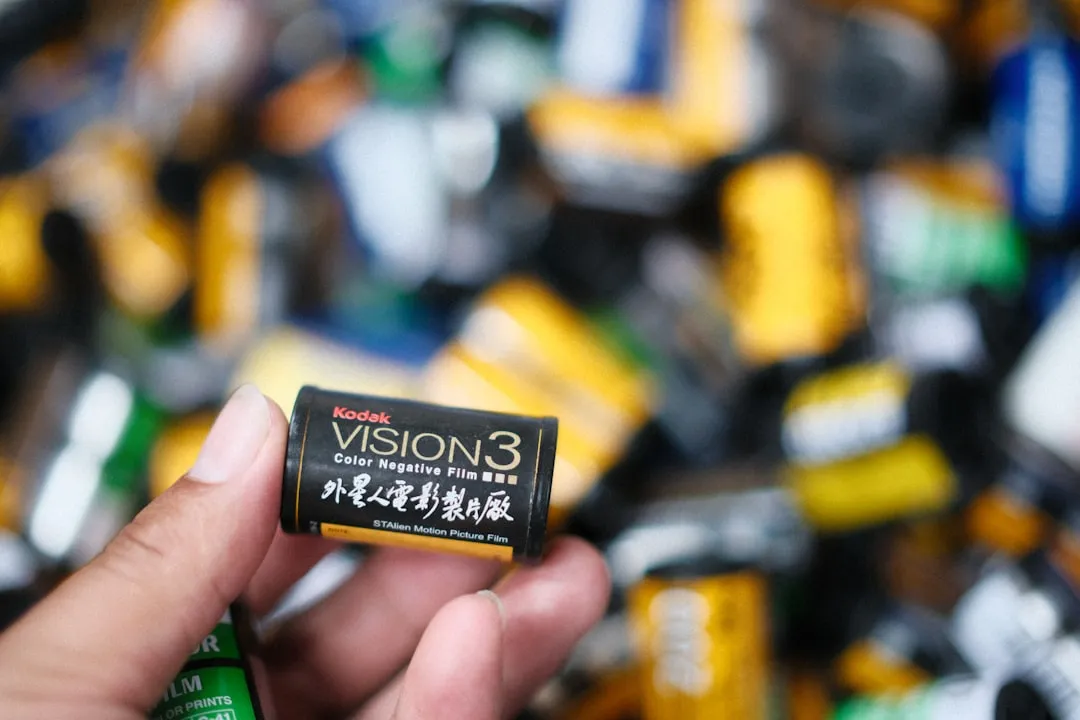
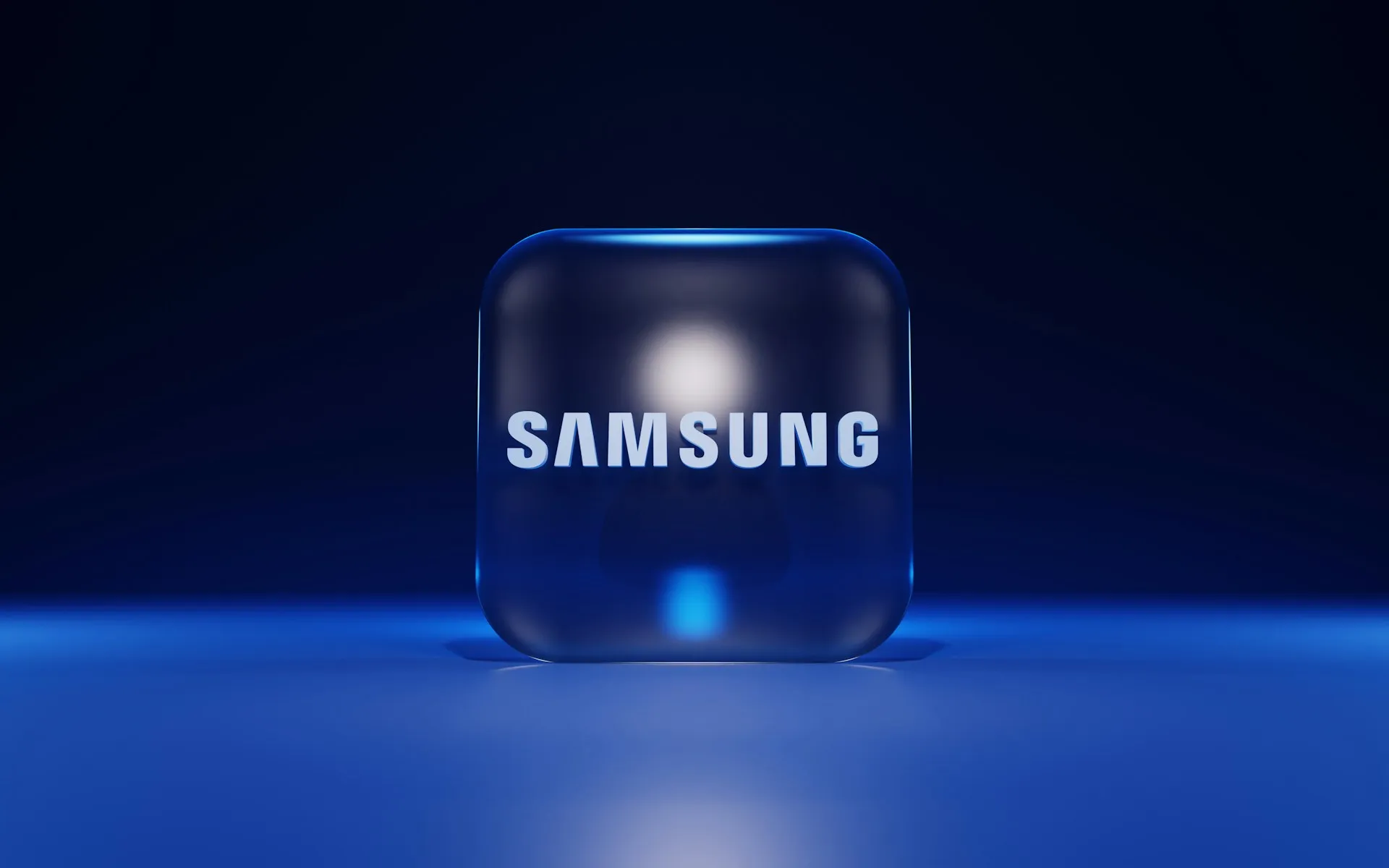

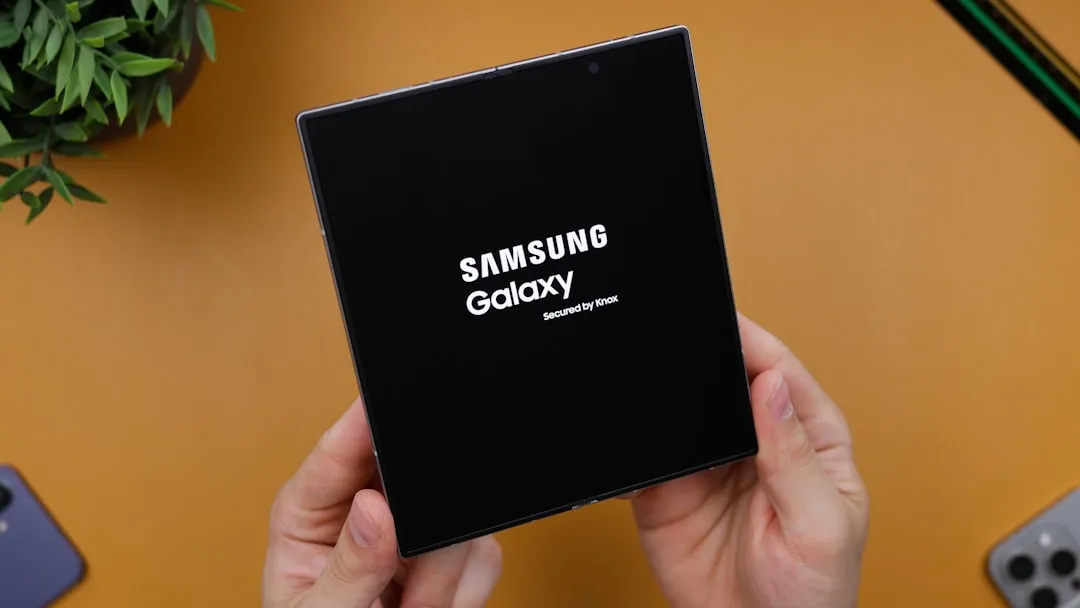



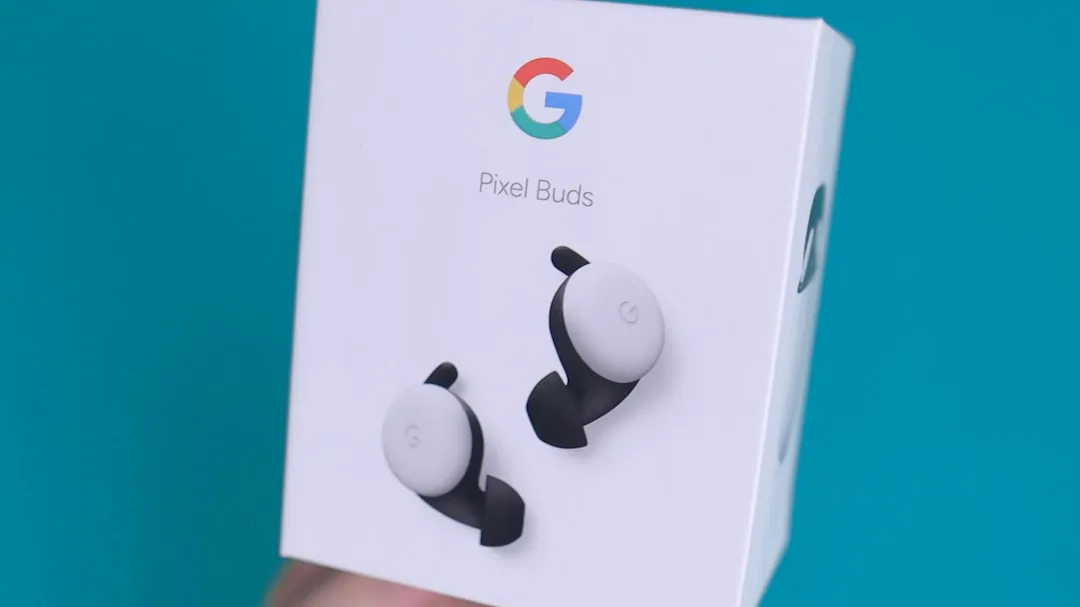



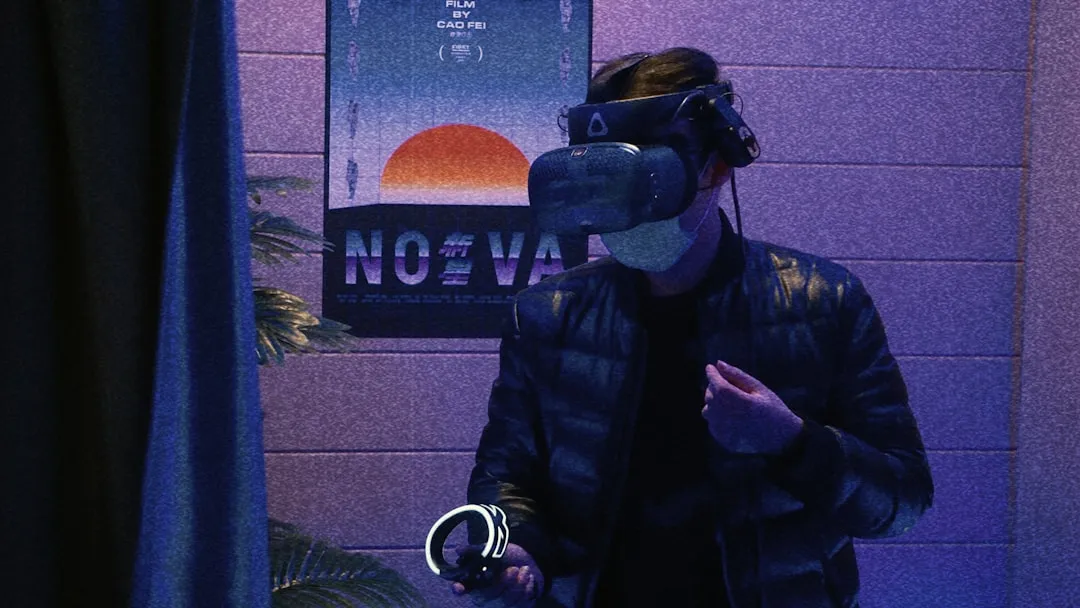
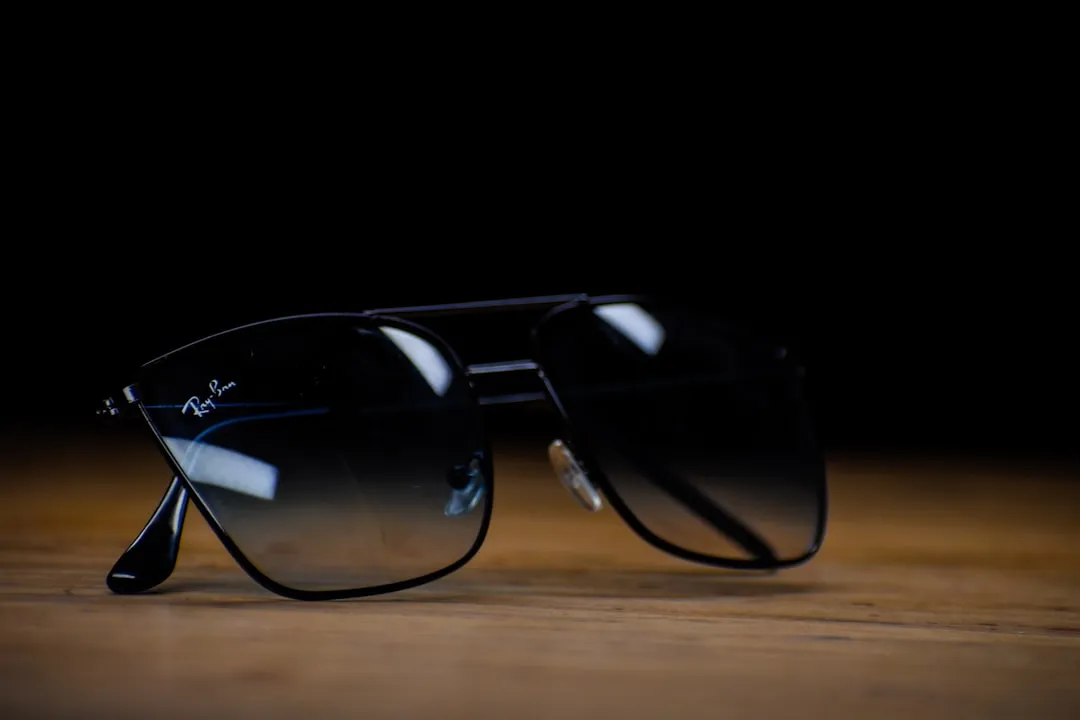
Comments
Be the first, drop a comment!